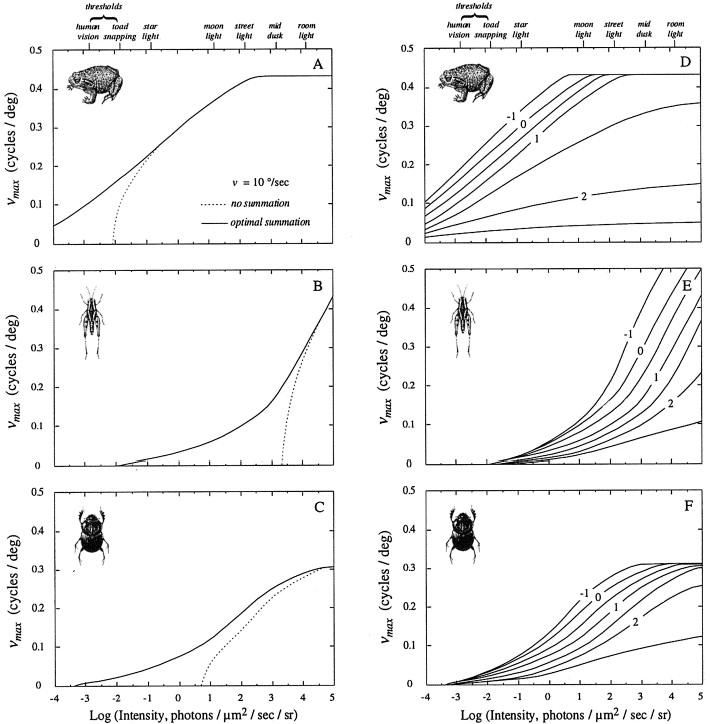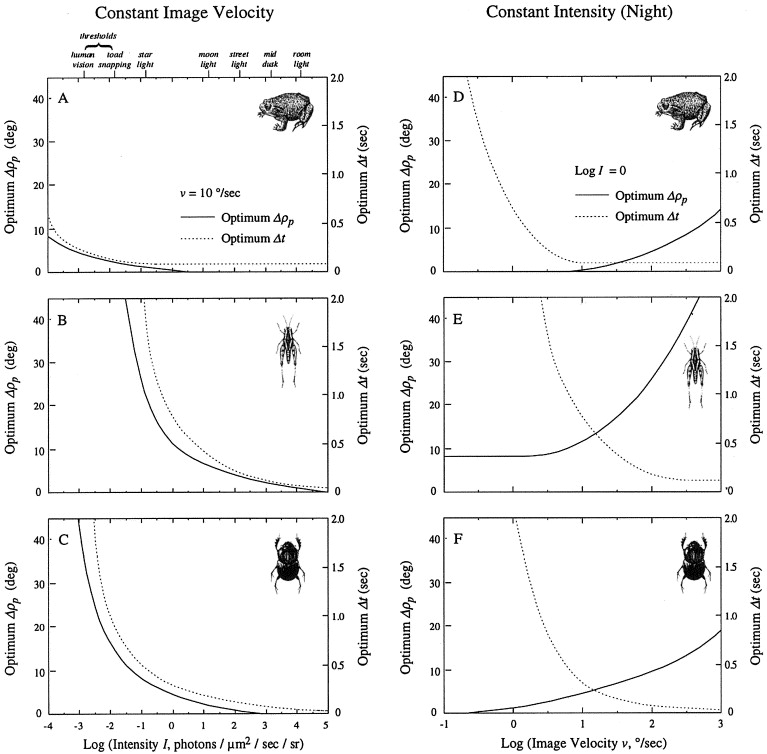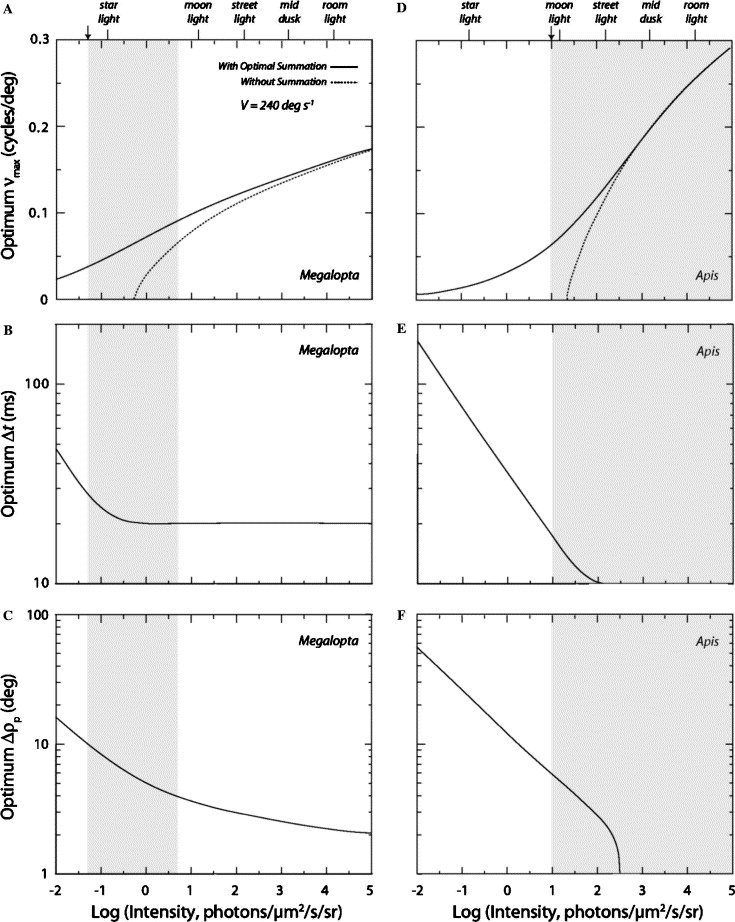Difference between Spatial and Temporal Summation

Spatial and Temporal Summation are two different scientific terms but many believe that both terms are quite different. Basically the effect produced by a particular neuron to achieve an action is called Temporal Summation while the method itself of achieving an action in neuron is called Spatial Summation. It has been observed by scientists that another rise in the action potential ends as soon as the first action starts. The previous action always generates larger potential action. In other words, this mechanism is responsible for integrating postsynaptic potentials (EPSPs) and inhibitory postsynaptic potentials. The effect of neurons to be able to achieve a specific action comes under temporal summation. In temporal summation the time also plays an integral part since its constant occurrence implies action potentials. It is also a possibility that when previous action potential ends, the next action potential starts. Previous summation generates a larger potential while the next action potential will summate while this cycle keeps going on until an action is achieved. The temporal summation also calls frequency of flashes. These are the basic difference between Spatial and Temporal Summation which distinguish one from the other.
Instructions
-
1
Spatial summation
The method itself of achieving an action in neuron is called Spatial Summation. It receives input from cells as the action takes place. Adding the potentials from the dendrites also creates ground for spatial summation. As soon as the potential reaches a threshold, it will allow generating more action potential. One is called excitatory phase and the other one is called inhibitory phase. You also need to understand that it largely helps and prevent neutralizing the cells from achieving such action potential. It is also important to mention that spatial summation involves single synopses, the process is often short.
- Image Courtesy: sciencedirect.com

-
2
Temporal summation
The effect produced by a particular neuron to achieve an action is called Temporal Summation. It is based upon the time as how long and frequent occurrence of a potential action. The Bunsen-Roscoe law also talks about temporal summation. It is also called an addictive effect of sequential multiple EPSPs or IPSPs. Originating from a single presynaptic neurone, the action potential and neuron on the membrane is potential action which also largely effects on the postsynaptic neuron. It has involved other parts as well as single synapsis and is active repeatedly. This process occurs, when time duration is largely long. As it involves multiple synopses, the process is often long.
- Image Courtesy: sciencedirect.com








